Business letter template doc
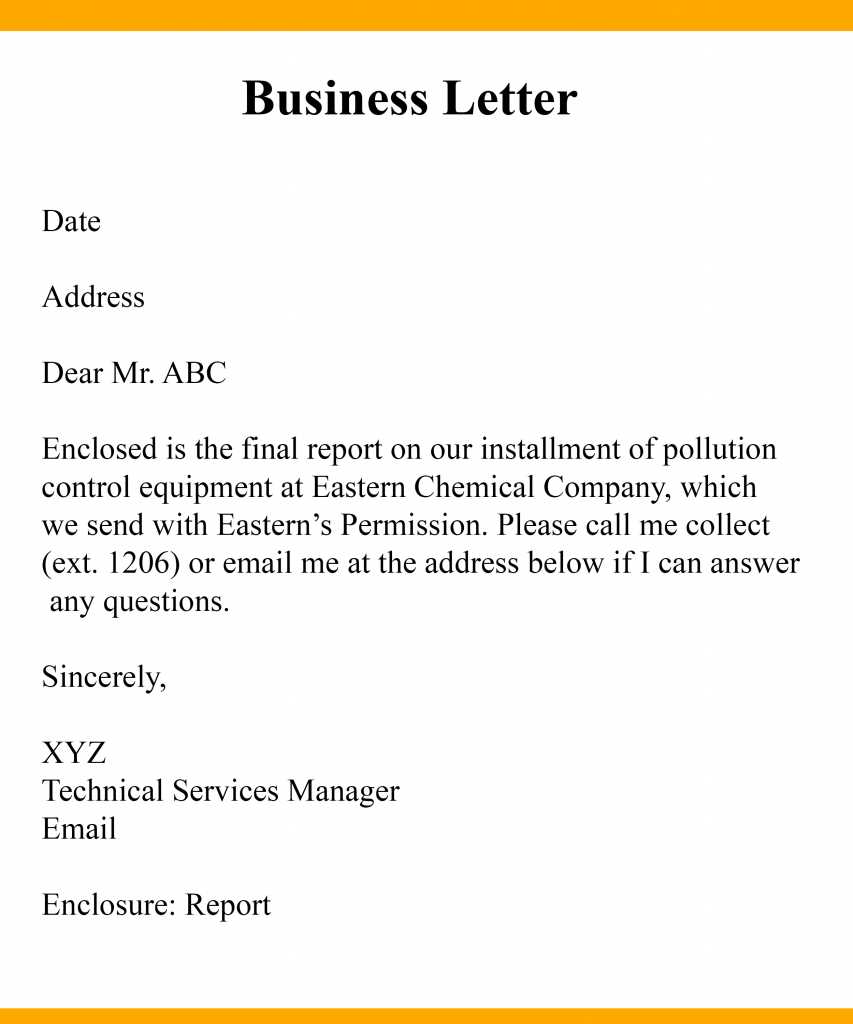
Key Components of a Business Letter
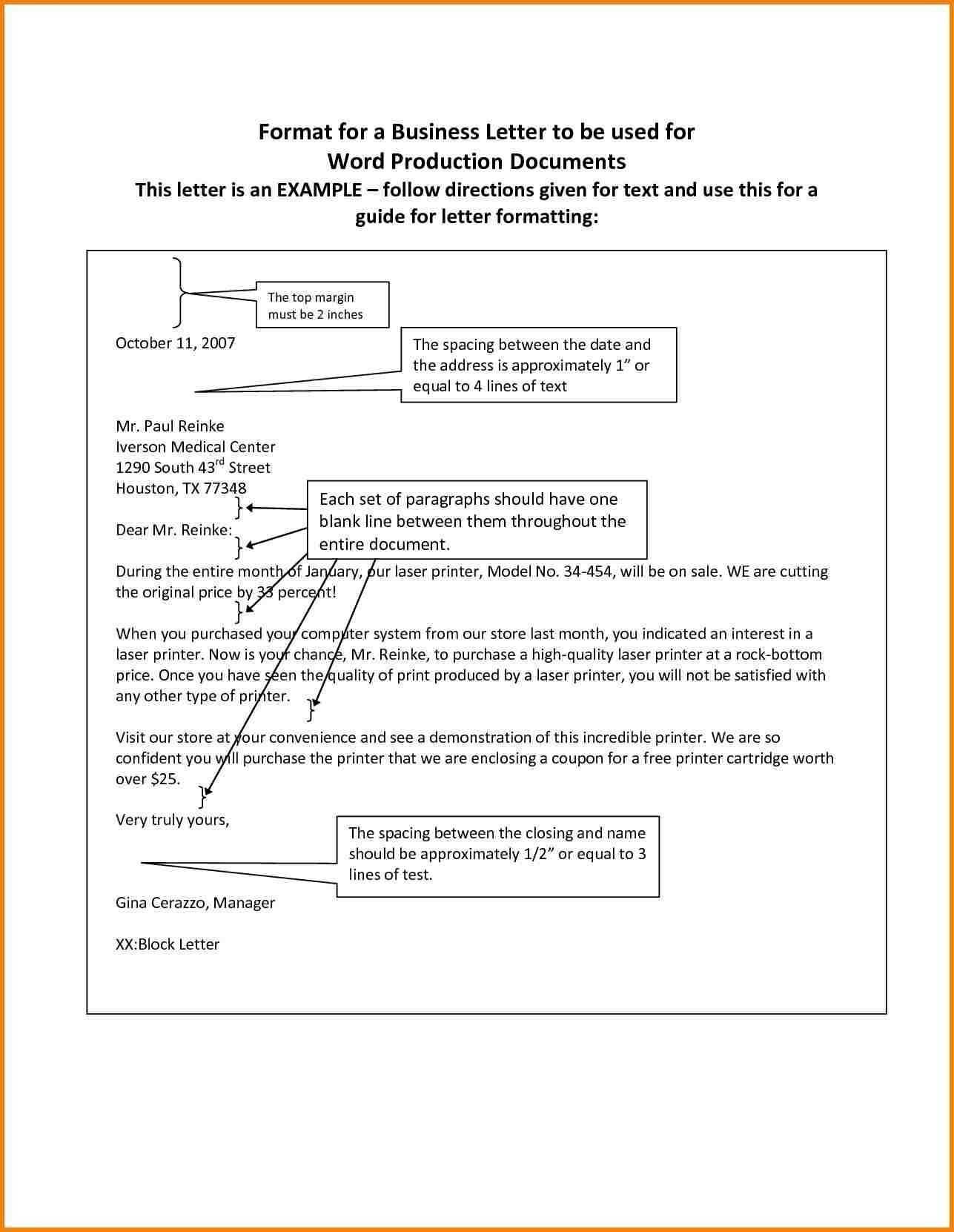
To craft a clear and professional business letter, follow this structure:
- Sender’s Contact Information: Place your full name, address, phone number, and email at the top of the document.
- Date: Use the full date (e.g., January 28, 2025) right below your contact information.
- Recipient’s Information: Include the recipient’s name, title, company, and address.
- Salutation: Greet the recipient with “Dear [Name],” ensuring correct titles are used.
- Body of the Letter: The main message should be concise, clear, and to the point. Start with a brief introduction, followed by the purpose of your letter, and finish with a closing statement.
- Closing: Use a professional closing, such as “Sincerely,” followed by your name and title.
- Signature: Leave space for your handwritten signature (if sending a hard copy).
Sample Template
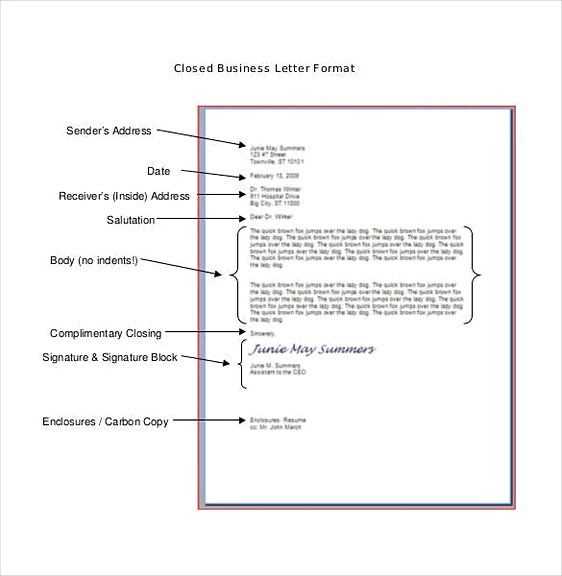
Here is a sample format for a business letter:
[Sender's Name] [Sender's Address] [City, State, ZIP Code] [Phone Number] [Email Address] [Date] [Recipient's Name] [Recipient's Title] [Company Name] [Company Address] [City, State, ZIP Code] Dear [Recipient's Name], [Introduction: Briefly introduce yourself or the purpose of the letter.] [Main Body: Provide the details of the message, explaining your request or providing information.] [Conclusion: Summarize and express what you'd like to see happen next.] Sincerely, [Your Name] [Your Title]
Formatting Tips for Business Letters
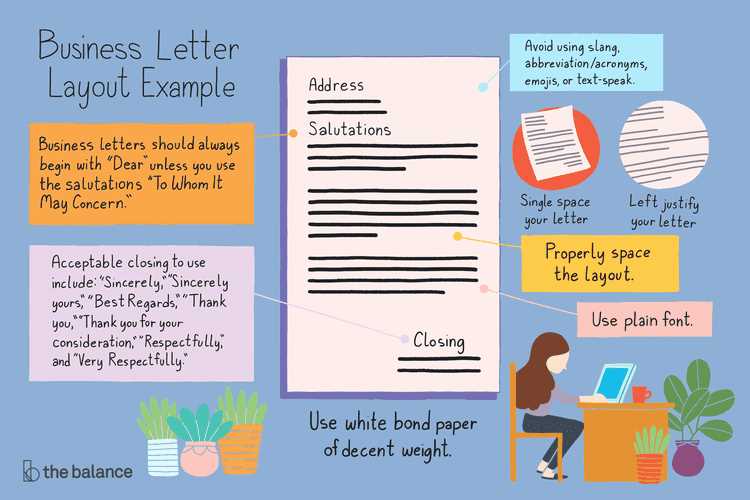
Keep the following tips in mind to ensure your letter is well-organized and professional:
- Use a standard font: Stick to fonts like Arial or Times New Roman, size 12.
- Keep paragraphs short: Break the text into small, digestible sections.
- Use formal language: Avoid slang and maintain a respectful tone.
- Keep it concise: A business letter should be to the point, typically one page long.
Conclusion
By following this structure and tips, you can easily create a business letter that conveys your message professionally and effectively.
Business Letter Template DOC Guide
Selecting the Appropriate Format for Business Letters
Key Elements to Include in Your Correspondence
How to Tailor a Template for Various Purposes
Maintaining a Professional Tone and Clarity in Your Letter
Leveraging a DOC Template to Simplify the Writing Process
Frequent Errors to Avoid When Using Business Letter Templates
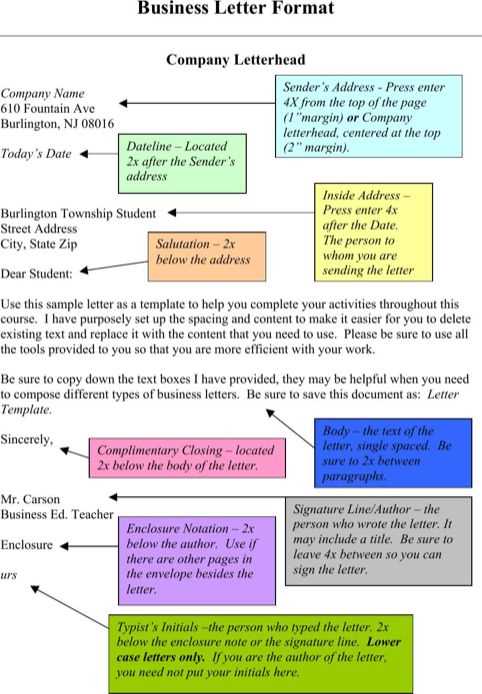
Choose the right format based on the purpose of your letter. A formal letter typically requires a standard business format, while a more casual tone may allow for slight flexibility. Ensure you address the recipient properly and maintain the correct spacing and margins to enhance readability.
Include key elements such as the date, recipient’s name, subject line, introduction, body, and closing. Each section should be distinct and clear. The introduction should immediately state the purpose, the body should provide supporting details, and the closing should express gratitude or call for action.
Tailor a template to fit your needs. Adjust the language and structure depending on whether you’re sending a complaint, inquiry, or formal request. For example, a job application letter will require a specific format, focusing on qualifications, while a complaint letter should be direct and solution-focused.
Maintain a professional tone throughout the letter, keeping it polite and neutral. Avoid casual language, and ensure clarity by being concise and direct. Avoid unnecessary jargon that could confuse the recipient.
Using a DOC template can speed up the writing process. It provides a structured format, reducing the time spent on formatting and allowing you to focus on the content. This ensures your letter is well-organized and consistent.
Avoid common mistakes such as incorrect salutations, spelling errors, or an overly complicated structure. Keep the letter short, avoid repetition, and proofread before sending to ensure accuracy. A clear and straightforward letter reflects professionalism and attention to detail.